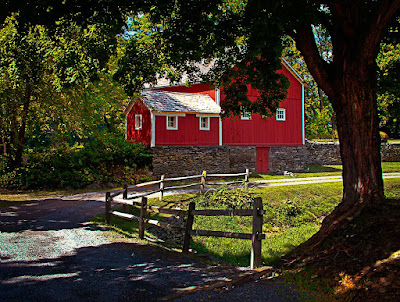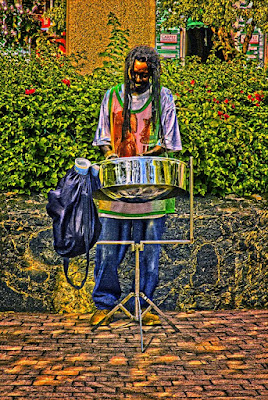It’s been two hundred and thirty four years since the first man laid down his life on the Concord Green in defense was what was to become the United States of America. It’s been one hundred and forty two years since General John Logan officially proclaimed, in his General Order No. 11, that May 30th should be observed. The first line of the order is:
i. The 30th day of May, 1868, is designated for the purpose of strewing with flowers or otherwise decorating the graves of comrades who died in the defense of their country during the late rebellion, and whose bodies now lie in almost every city, village, and hamlet church-yard in the land.
The order goes on to say that “no form of ceremony is prescribed” and that it should be up to the individual posts to arrange some sort of service. As is usual in the United States, it is the individual entity that is in charge of what should be done. Whether the individual is a military post or a neighbor’s backyard, it is the individual’s decision how the day should be observed. It could be attending a parade, having a cookout, visiting a cemetery to honor those who gave “the last full measure of devotion”, or any other way remembering what Memorial Day means.
My Dad, his brother and Mom’s five brothers all served in WWII. My two brothers and I served during the Vietnam Conflict. Everybody came home alive. Dad was an Army medical officer in England, his brother, a Marine, standing on a hill in Hawaii on December 7th 1941 and saw the attack on Pearl Harbor. Mom’s brothers all served in the Army. Some as infantrymen in Europe, Africa and the Pacific. Tom, the oldest was stationed in the US for the duration. Ed, the youngest, was an eighteen year old bombardier in the Eighth Air Corp, flying missions over Germany. My brothers and I spanned the Air Force, Navy and Army. The fact that we all made it astounds me. The fact that there is only one Purple Heart in the family is amazing. The family was truly blessed.
I can’t think of any country in the world that hasn’t lost sons or daughters in defense of their homeland. I, personally, invite all who read this to take a minute and remember those who defend the way of life you have. Have a thoughtful Memorial Day.
Read more!
Heading to Belfast!
7 months ago
















